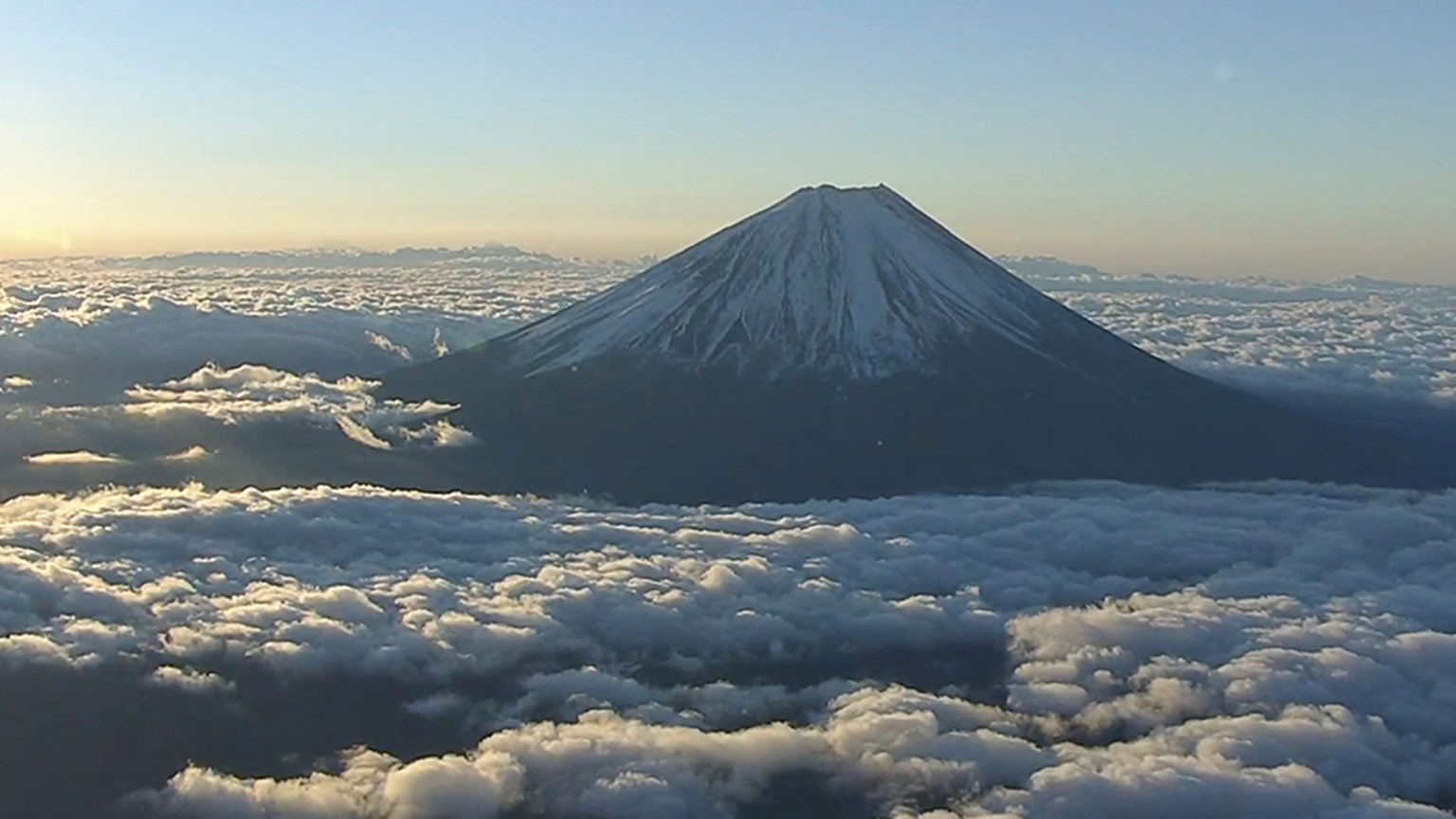Police on Wednesday said three people were found without vital signs near the Mt. Fuji crater on the Shizuoka Prefecture side and later confirmed dead.
Also, a man lost consciousness on the Yamanashi Prefecture side's trail and died.
Off-season climbing poses higher risks
Interest in climbing Mt. Fuji is soaring. But experts say only highly skilled and well-prepared hikers should attempt to scale Japan's iconic peak off-season.
The four trails leading to the summit are closed until next month, although local officials say they are being used by trekkers anyway.
Climbing facilities usually open on the mountain's Shizuoka side around July 10, and on the Yamanashi slopes on July 1. The season usually runs until early September.
Shizuoka prefecture officials say it is very dangerous to climb the mountain during October through June because facilities hikers may need are not available.
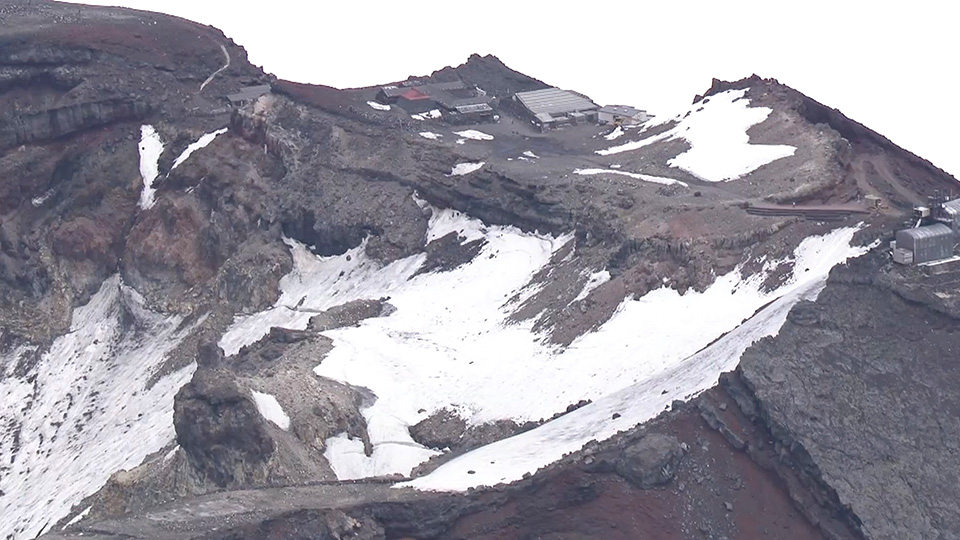
The officials say the trails are currently barricaded about halfway up because they are not maintained in the off season. The barriers will be removed next month.
Rescue centers and most of the rest huts on the mountain are closed outside the summer season.
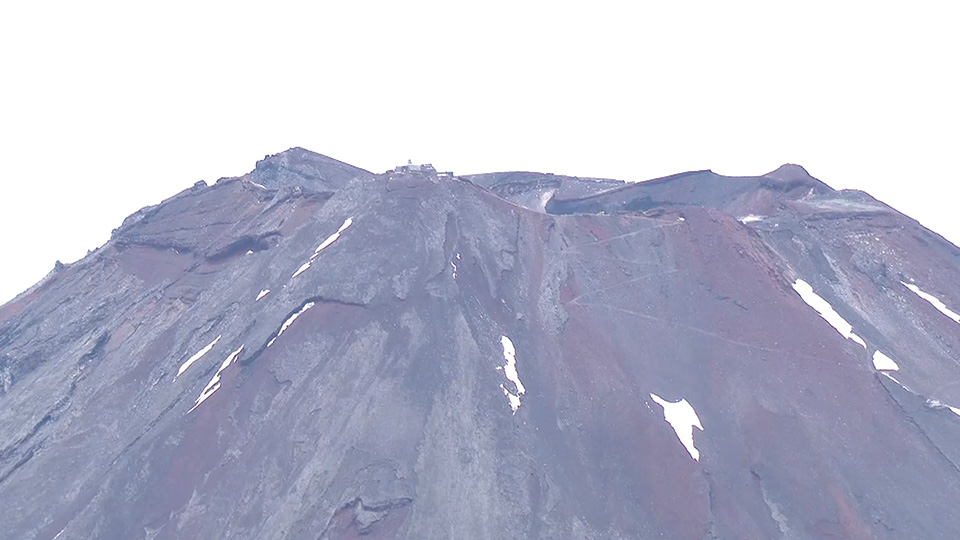
What to watch out for
Even during the climbing season, temperatures on the mountain remain low with snow near the top. In late June, just before the trails open, temperatures at the summit can be below freezing.
Experts are urging hikers to prepare well, avoid risks and use proper equipment as more accidents have occurred in recent years.
Last climbing season, mishaps rose by 13 to 63 on the Shizuoka side. This includes 26 who suffered from illnesses such as altitude sickness and hypothermia, 18 who injured themselves in falls and 12 who had difficulty walking because of fatigue.
The Yamanashi side also had six accidents, three more than the previous year. Four people hurt themselves in falls and two people got lost.
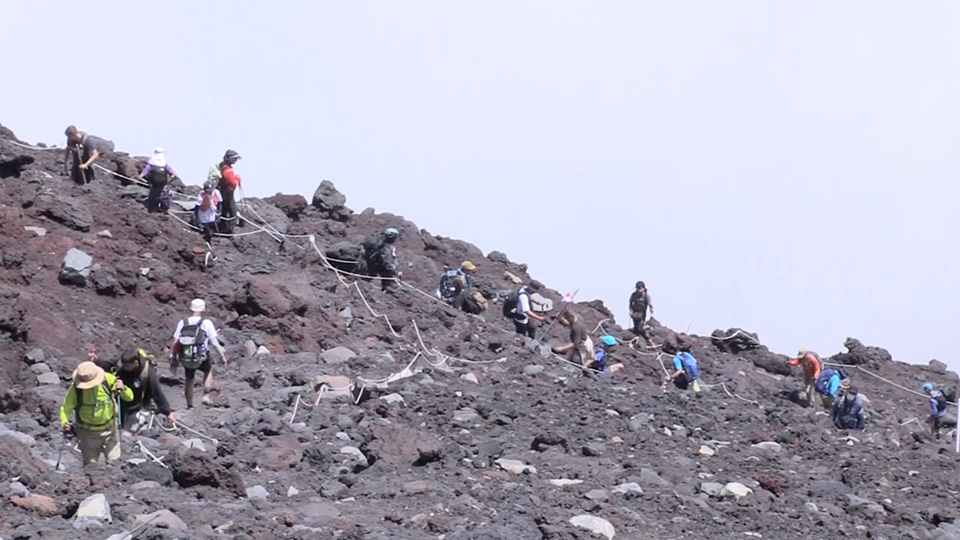
Mountain guide Takekawa Shunji says the most important thing is to draw up a climbing plan and prepare accordingly.
He suggests that hikers bring warm, easy-to-dry underwear on the assumption that they will get wet.
"When an afternoon shower comes, which frequently happens in summer, you'll get soaking wet. If you try to put up with the cold, you are likely to be short of oxygen and develop altitude sickness," Takekawa says.
He also says climbers should understand where they are going, and should draw up a plan so they will know where and how long they can rest and how much hydration they can get.
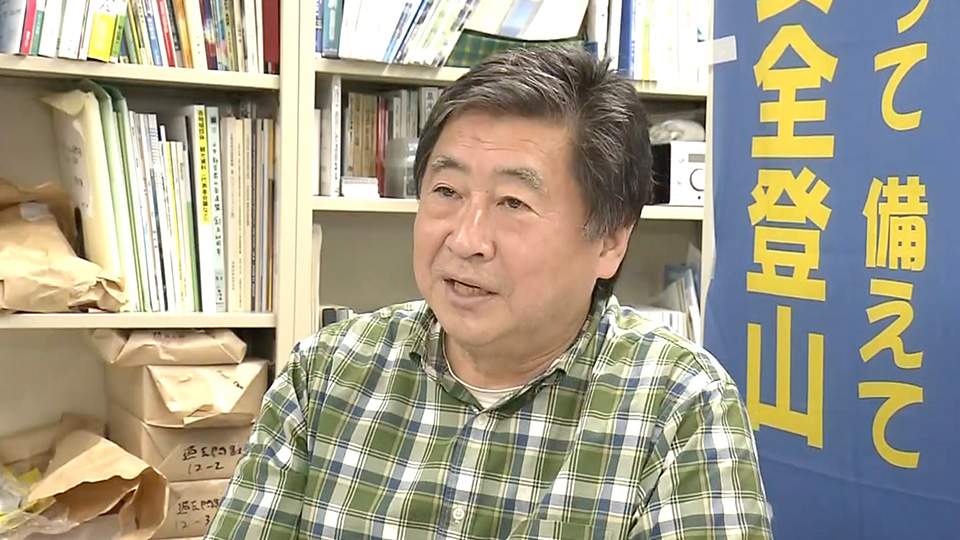
Gate set up to reduce crowding
Yamanashi prefectural officials have responded to an increase in climbing accidents on Mt. Fuji with steps to limit the number of hikers.
A new 2,000 yen per hiker fee will be collected through a gate about halfway up the Yoshida Trail to the summit. The number of climbers will be limited to 4,000 per day on that path.
Incidents of reckless behavior have increased in recent years. Overnight nonstop hiking and setting up tents on trails are among the practices that have raised risks and created nuisances for climbers.
The new gate will be closed from 4 p.m. to 3 a.m.
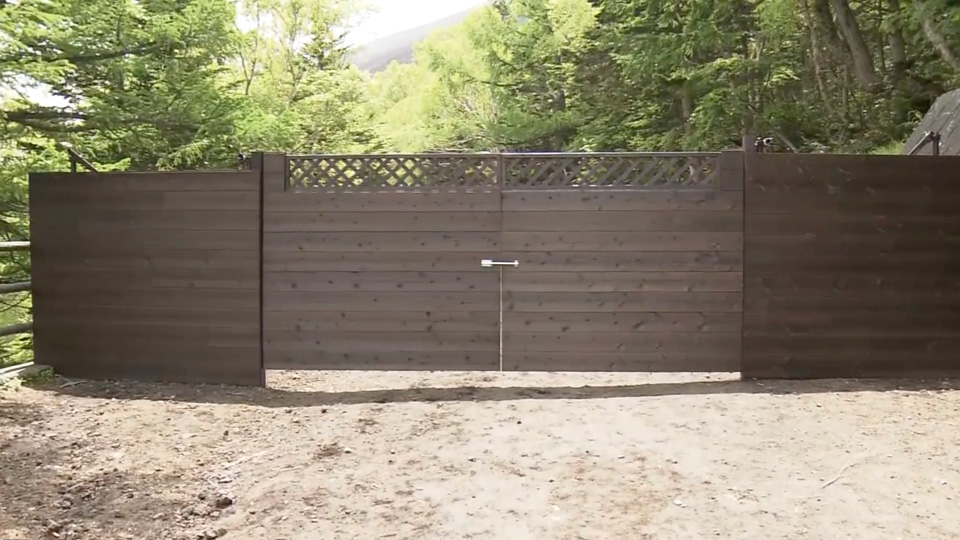
Otani Kazuo, an official of the Yamanashi Prefecture Mount Fuji Conservation and Tourism Ecosystem Promotion Group, notes that the new regulations mark a significant change. He says he hopes trekkers will follow the rules and enjoy a safe climbing experience.
You can get more information about planning for the climb, what to bring, common problems and solutions on the Mt. Fuji Climbing website, available in several languages.
